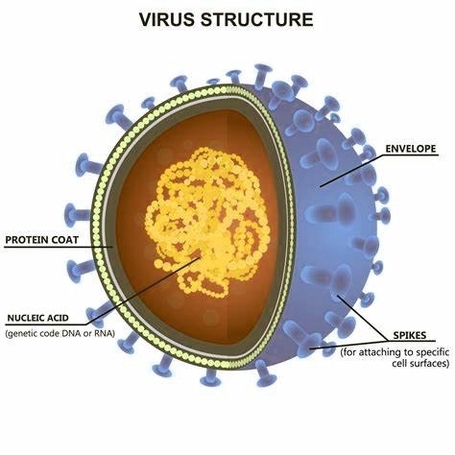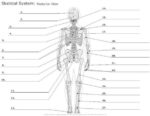Internal Structure of a Virus
A virus is a microscopic infectious particle that can reproduce only by infecting a host cell. Viruses are not considered living as they can’t reproduce by themselves. They are much smaller than the cells of living things and are basically just packages of nucleic acid and protein.
Basic Components
A typical virus consists of two primary components:
1. Nucleic Acid Genome: This is the genetic material of the virus, which can be either DNA or RNA.
2. Protein Capsid: This is a protective protein shell that encases the nucleic acid genome. The capsid is made from proteins encoded by viral genes within their genome. The shape of the capsid varies among different types of viruses and serves as one basis for their classification.
Many animal viruses also contain a lipid envelope along with some additional parts such as the neck, tail sheath, tail fibers, pins, and endplate to form a complete virion.
Capsid Shapes
Capsids can have different shapes:
1. Helical Capsids: These are made up of a single type of protein subunit stacked around a central axis to form a helical structure. This arrangement results in rod-shaped or filamentous virions. An example of a helical virus is the tobacco mosaic virus.
2. Icosahedral Capsids: These give viruses a spherical appearance at low magnification, but the protein subunits are actually arranged in a regular geometrical pattern.
Envelope
ome viruses have an envelope of phospholipids and proteins. The envelope is made from portions of the hosts cell membrane. It surrounds the capsid and helps protect the virus from the hosts immune system. The envelope may also have receptor molecules that can bind with host cells, making it easier for the virus to infect the cells.
Reproduction
Viruses reproduce by infecting their host cells and reprogramming them to become virus-making “factories”. They “commandeer” the host cell and use its resources to make more viruses.
Diversity
Viruses are very diverse. They come in different shapes and structures, have different kinds of genomes, and infect different hosts. Scientists estimate that there are roughly 10^31 viruses at any given moment.
In conclusion, viruses are tiny, non-living infectious particles with a simple structure. Despite their simplicity, they have a significant impact on all forms of life.


